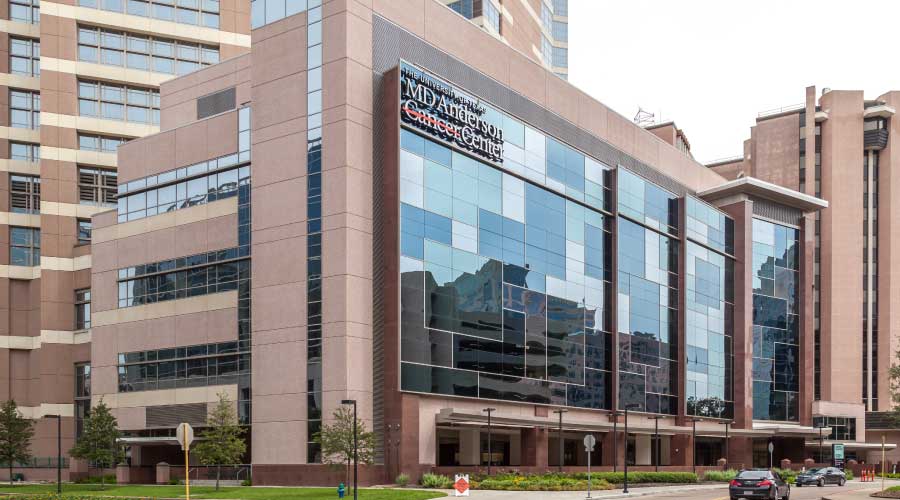Energy-Efficiency Projects Save School District Money, Improve IEQ
The school district has tackled numerous renovations and mechanical and electrical upgrades over the last four years. The projects have restored the infrastructure of the district's existing building portfolio, all while improving indoor environmental quality (IEQ) and saving money. The district avoided $624,000 in energy costs in 2009-2010 compared to 2008-2009, and $1.4 million since 2007-2008.
One of the first steps the district takes before starting these projects is benchmarking energy use. Benchmarking has helped identify the poorest energy-performing schools, and the district targets the most inefficient buildings first.
"We have been benchmarking our energy use for three years and have good, solid data," says Dave Silver, the district's facilities director. "It's a big part of that and a big thing to take into consideration (during projects) because energy savings and indoor air quality are two important things to us."
Along with benchmarking, the district strives to create a consistent indoor environment for students. For example, some schools have air conditioning, while others do not. So project teams are trying to implement air-conditioning systems in all schools, rather than fine-tuning systems in certain schools while others lack a system altogether.
Energy-efficiency projects range from lighting- and window-system upgrades to large-scale HVAC renovations, including the installation of geothermal heating and cooling systems in 25 schools. At the forefront of these projects is the maintenance, engineering and facilities staff.
"It's our own people who do the maintenance on our buildings," Silver says. "We glean all knowledge from them about the existing conditions that are in the buildings. We also have them come and work with us when we review mechanical and electrical designs. We have at least a foreman of the respective trades help us with that review process to make sure we catch things that we might want to change. Or they speak up about a condition maybe an architect or engineer doesn't know about."
Related Topics:















